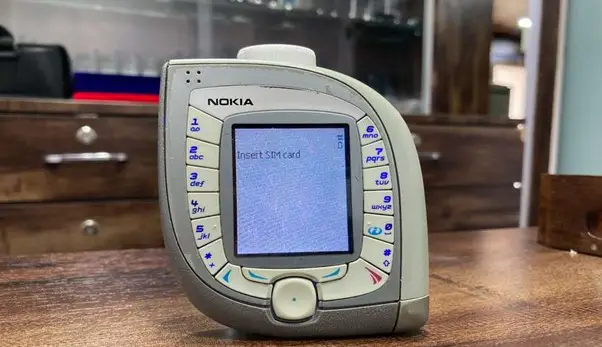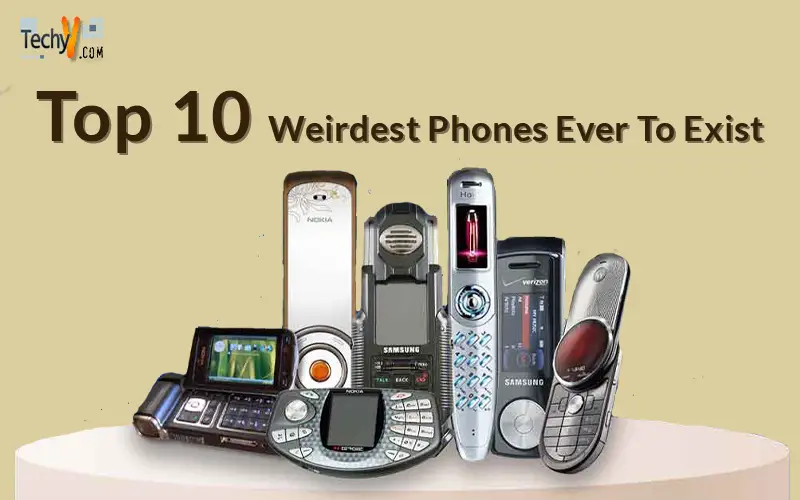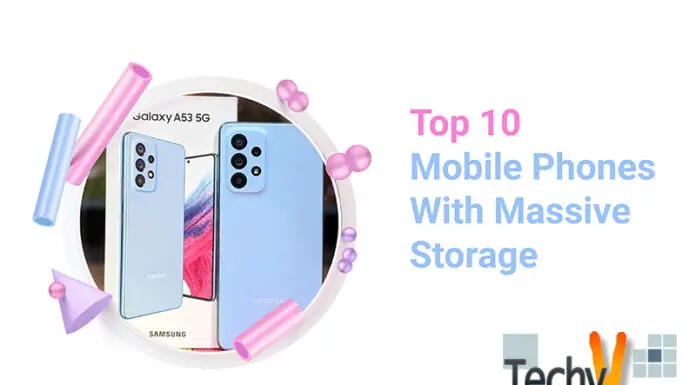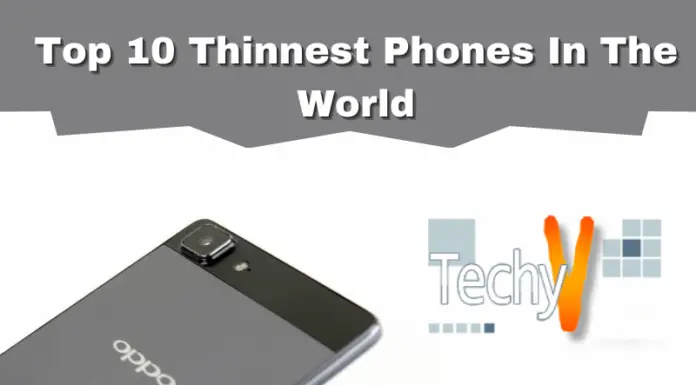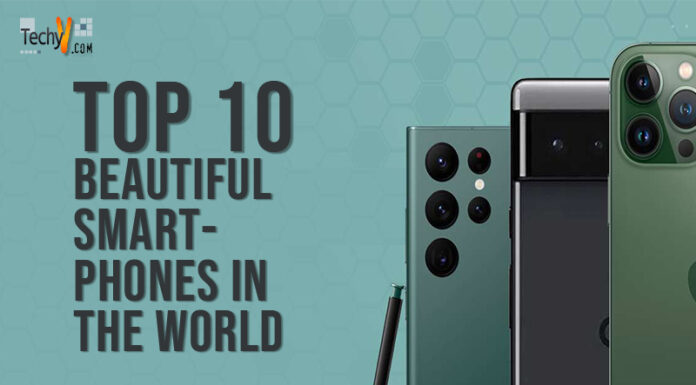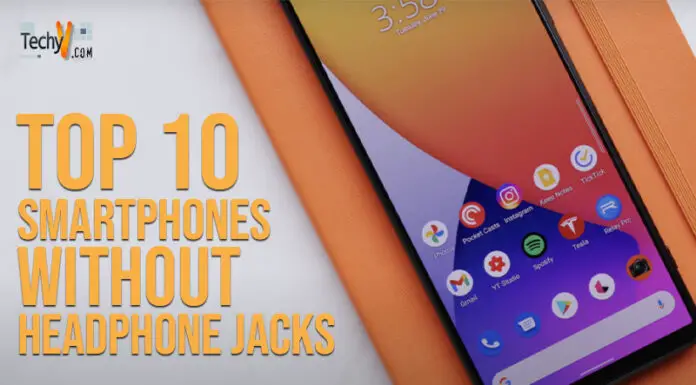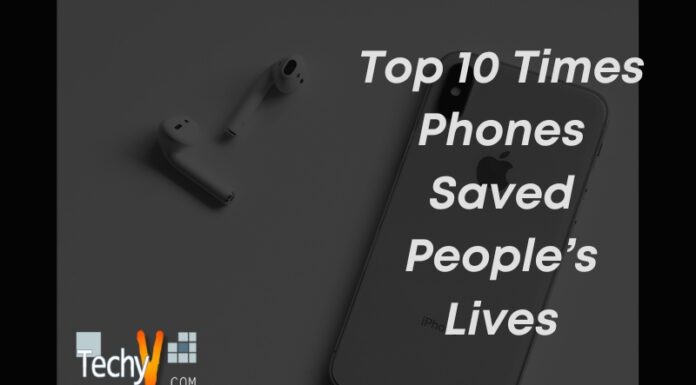Given how similar modern smartphones all appear, you might assume that design innovation is on the decline. If you think back over the past 15 years, experimentation and innovation were rife as phone manufacturers searched for the next big thing. Others were as hideous as the leftovers from an offal truck, while others were just plain weird. However, they all shared the peculiar fact that they frequently found their way into shops and even into people’s hands.
1. Nokia 5510
The Nokia 5510 had an elongated shape with a screen in the middle and keys on either side, making it more of an entertainment device than a mobile phone. To speak on a phone call, users had to turn the device sideways.
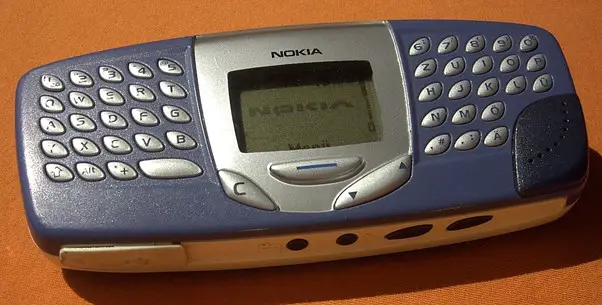
2. Haier P7
A pen, perhaps? Is it a phone? It can make calls. It was housed in a thin pen-like body and included a tiny camera in addition to its tiny screen. Additionally, the Haier P7’s battery could support three hours of talk time.
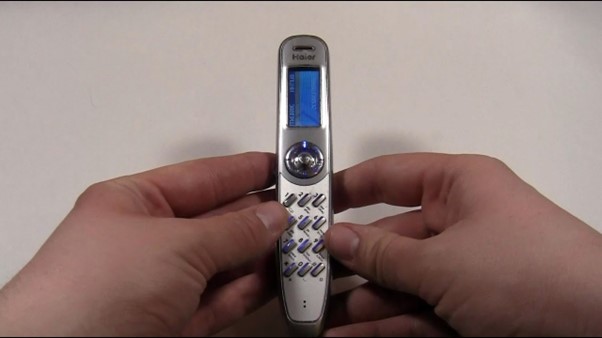
3. Sierra Wireless Voq
The flip-open QWERTY keyboard on the Voq Professional Phone, which was designed for business users, was its main selling point. Windows Mobile was used, but there was no camera.
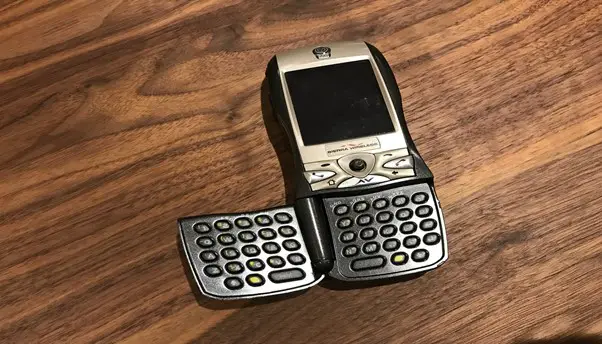
4. Nokia 3650
With its camera, colour display, and round keypad, Nokia marketed the 3650 as a multimedia phone. The device supported multimedia messaging service (MMS), allowing users to send each other sound and picture messages. Before internet-based services like WhatsApp, this was the case.
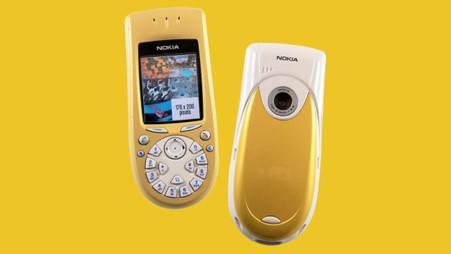
5. Motorola MPx
The Motorola MPx was a “dual hinge” phone, meaning it could be opened both vertically, like a traditional flip phone, and horizontally, to reveal a QWERTY keyboard. This Motorola phone, which runs Microsoft Windows Mobile and has a 2.8-inch, 16-bit colour display, was marketed as being for “mobile professionals.
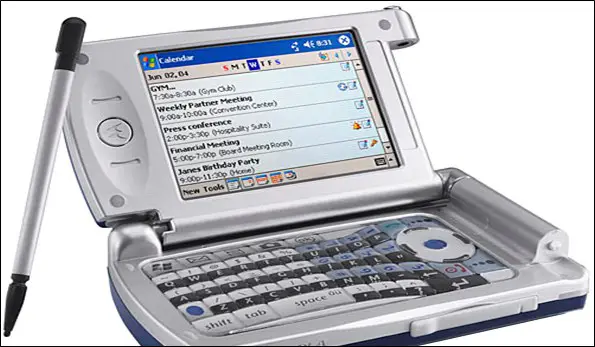
6. Nokia N90
The N90 was all about the emergence of camera phones as Nokia continued to push the envelope in terms of design. The gadget could twist and swivel into the appearance of a handheld video camera. It featured a 2-megapixel camera with flash, on-phone editing tools, and a 20x digital zoom.
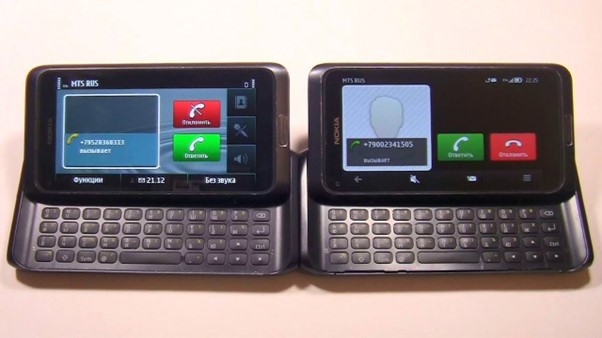
7. Siemens Xelibri 6
In an effort to appeal to female users, Siemens designed the Xelibri 6 after a makeup powder container with a mirror. Siemens, like many other manufacturers at the time, attempted to market its phone as a hip item for young people by claiming it combined “extremes from the world of fashion and mobile phone technology.”
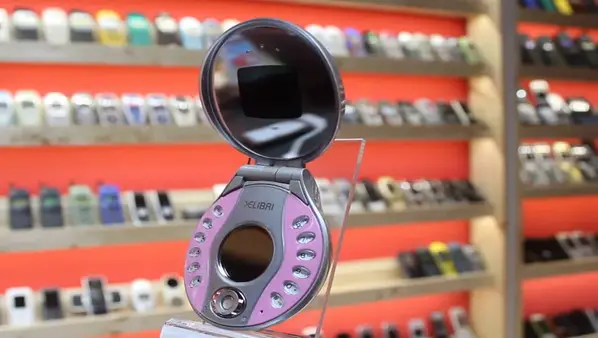
8. Nokia N-Gage
Nokia’s attempt to combine a mobile phone and handheld gaming console was the N-Gage. At the time, Nokia made an effort to oust Nintendo as the dominant player in the handheld gaming industry. The 2.1-inch N-Gage had buttons running the length of its elongated form and a 2.1-inch screen.
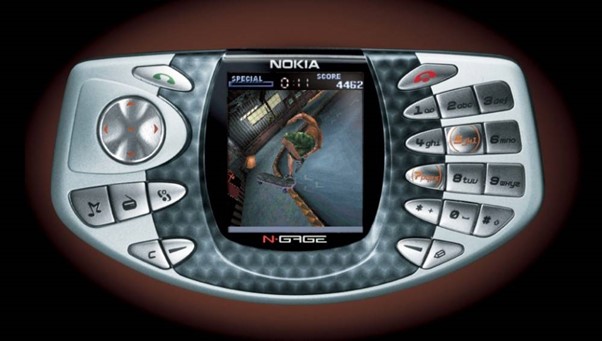
9. Nokia 7280
The “Lipstick Phone,” a slim phone from Nokia, was created with young, fashion-conscious customers in mind. A press release from Nokia at the time stated, “Perfect to whip out at cocktails, the Nokia 7280 is geared to attract attention and become the talking point at any high glamour soiree.”
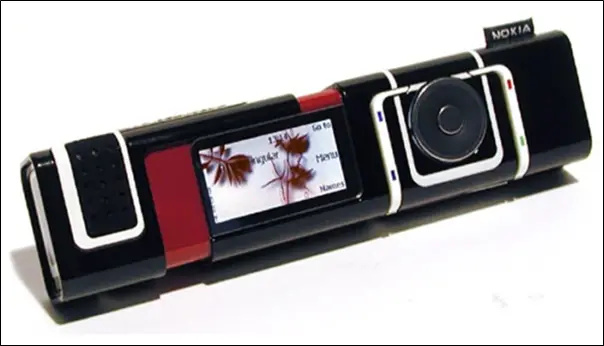
10. Nokia 7600
Nokia’s teardrop-shaped gadget, marketed toward the hipster set, was extremely distinctive. It was challenging to use with one hand due to the buttons surrounding the small screen in the centre. However, it did have a 3G connection and a 0.3 megapixel camera.
